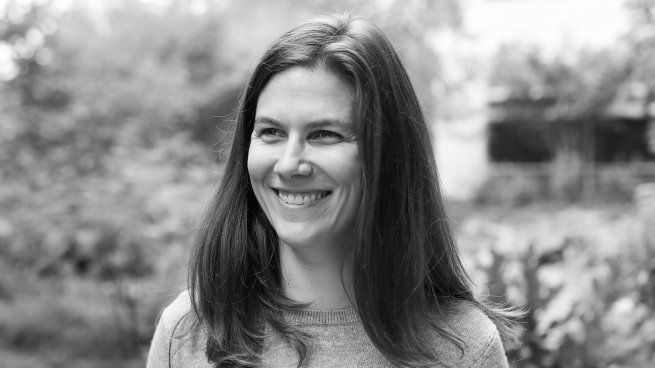About
I am a Senior Principal Research Manager at Microsoft (opens in new tab). I am also an Affiliate Professor at the School of Computer Science and Engineering (opens in new tab) at University of Washington (opens in new tab).
My research lies at the intersection of the sciences, computer systems, and environmental sustainability. I investigate alternative approaches to continue the improvement we have been seeing in computer systems over the last few decades, while having environmental sustainability as a top priority. Approaches I have been studying include hardware accelerators for machine learning, emerging memory technologies, and the use of biology, chemistry, and material sciences to the benefit of the IT industry.
A representative project has been to develop an end-to-end system that stores digital data in DNA (opens in new tab), for which I was named one of the 2016 “100 Most Creative People in Business” by Fast Company. The DNA data storage project has been chosen as “Best of What’s New” by Popular Science in 2016, featured in the World Economic Forum in the list of “Top 10 Emerging Technologies” in 2019, and highlighted by influential publications such as the New York Times, Wall Street Journal, MIT Technology Review, and Scientific American. And now that we’ve created the DNA Data Storage Alliance (opens in new tab), it is exciting to see a strong community forming around this.
Most recently, I have widened the scope of my research to other methods that promise to make IT infrastructure more sustainable. With Project Zerix (opens in new tab), we are collaborating broadly to develop more environmentally sustainable materials for the IT industry.
I received my PhD in Computer Science from University of Illinois at Urbana-Champaign in 2007. During my studies, I’ve collaborated very closely with top-notch researchers at IBM Research, (opens in new tab) where I also worked on the Blue Gene project (opens in new tab). After graduating, I worked for almost 2 years at AMD Research, (opens in new tab) where I also had amazing colleagues.
For a complete list of publications, please click the tab “Publications” above.
Featured content

Storing digital data in synthetic DNA with Dr. Karin Strauss
Episode 48, October 31, 2018 - Dr. Strauss talks about life at the intersection of computer science and biology which, for many, is more like the intersection of science fiction and science, and explains how the unique properties of DNA could eventually enable us to store really big data in really small places for a really long time.

